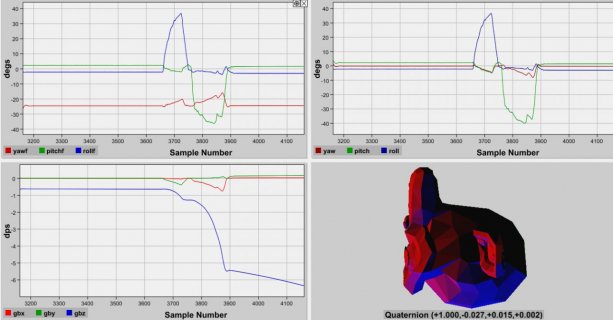x_ initialized to:
0.129671196260
-0.022887179136
0.032803583691
-0.990577044764
P_ initialized to:
[ 0.000335812104, 0.000000000000, 0.000000000000, 0.000000000000, ]
[ 0.000000000000, 0.000000690101, 0.000000000000, 0.000000000000, ]
[ 0.000000000000, 0.000000000000, 0.000000357381, 0.000000000000, ]
[ 0.000000000000, 0.000000000000, 0.000000000000, 0.000005804341, ]
Q_ initialized to:
[ 0.000000386331, 0.000000000000, 0.000000000000, ]
[ 0.000000000000, 0.000000389652, 0.000000000000, ]
[ 0.000000000000, 0.000000000000, 0.000000383677, ]
Ra_ initialized to:
[ 0.000128212938, 0.000000000000, 0.000000000000, ]
[ 0.000000000000, 0.000069628563, 0.000000000000, ]
[ 0.000000000000, 0.000000000000, 0.000169827005, ]
Rh_ initialized to:
[ 0.535564614270, 0.000000000000, 0.000000000000, ]
[ 0.000000000000, 0.461290813601, 0.000000000000, ]
[ 0.000000000000, 0.000000000000, 0.541210331143, ]



